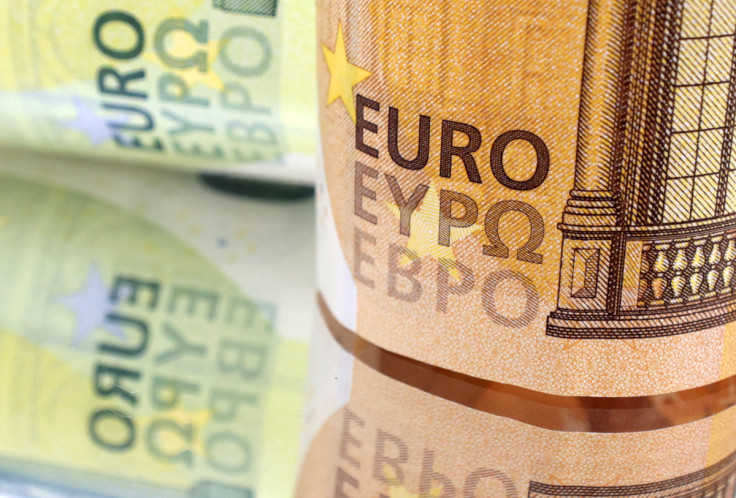Core inflation persists in Europe despite decreases in headline inflation
European inflation presents a mixed bag, with eases in inflation when energy and food prices are included in measures, but persistence when excluded.

European Inflation
According to Ipek Ozkardeskaya, Senior Analyst at Swissquote Bank, CPI (consumer price index) figures from Germany and Spain show that headline European inflation "eased" during March. This is due to the "base effect," with war months now being compared to war months. In Germany, inflation decreased from 9.3 per cent to 7.8 per cent. In Spain, it decreased from 6 per cent to 3.1 per cent.
When estimating inflation for the European euro across the EU, it is expected to be measured at 6.9 per cent in March according to Eurostat, a decrease from the 8.5 per cent rate last month. This trend continues from previous months, with the Eurozone inflation rate at 9.2 per cent in December.
However, when core inflation is considered, there is less cause for positivity according to Ozkardeskaya with "upside pressure" enduring. When increases in energy and food prices are excluded, inflation remains durable. For example, Spanish core inflation remained relatively constant this March, reducing only slightly from 7.6 per cent to 7.5 per cent.
Moreover, Ozkardeskaya explains that core inflation is expected to increase within the Eurozone to a new record high.
The ECB Response
On the 16th of March, the ECB (European Central Bank) announced increases of 50 basis points in the three key interest rates for the euro area. The MRO (main refinancing operations) interest rate, the marginal lending facility interest rate, and the deposit facility interest rate have been increased to 3.50 per cent, 3.75 per cent, and 3.00 per cent respectively. This is intended to meet the two per cent medium-term inflation target.
The rise in interest rates was made despite the need to reconcile "inflation-fighting credibility" with the sustaining of "financial stability," amidst concerns over the collapse of the Silicon Valley bank in the US, and the turmoil at Credit Suisse.
The ECB projections for headline inflation are 5.3 per cent in 2023, 2.9 per cent in 2024, and 2.1 per cent in 2025. However, the ECB expects core inflation (excluding energy and food prices) to average 4.6 per cent in 2023, a higher rate compared to what was predicted in December. In 2024, core inflation is expected to decrease to 2.5 per cent, with a further reduction to 2.2 per cent in 2025.
The US Dollar
However, according to Ozkardeskaya, because "ECB hawks" oversee a European market with "solid inflation," and because of selling pressures on the US dollar, the euro is likely to rise in value relative to the US dollar, possibly winning over 1.10 offers in coming sessions. That is, despite inflation in the euro area.
The US dollar index, the value of the US dollar relative to six other currencies (the euro, Swiss franc, Japanese yen, Canadian dollar, British pound, and Swedish krona), is residing at a low due to the collapse of the Silicon Valley Bank.
Yesterday, the US released the Federal Reserve's preferred indicator of inflation for last month, the Personal Consumption Expenditures (PCE) Price Index. The PCE price index "reflects changes in the prices of goods and services purchased by consumers in the United States."
From last month, February's PCE price index increased by 0.3 per cent. Compared to February last year it increased by 5 per cent. In terms of core inflation, when food and energy prices are excluded, the increase from this time last year is 4.6 per cent. This meets the expectation of "steady" core inflation.
© Copyright IBTimes 2025. All rights reserved.





















